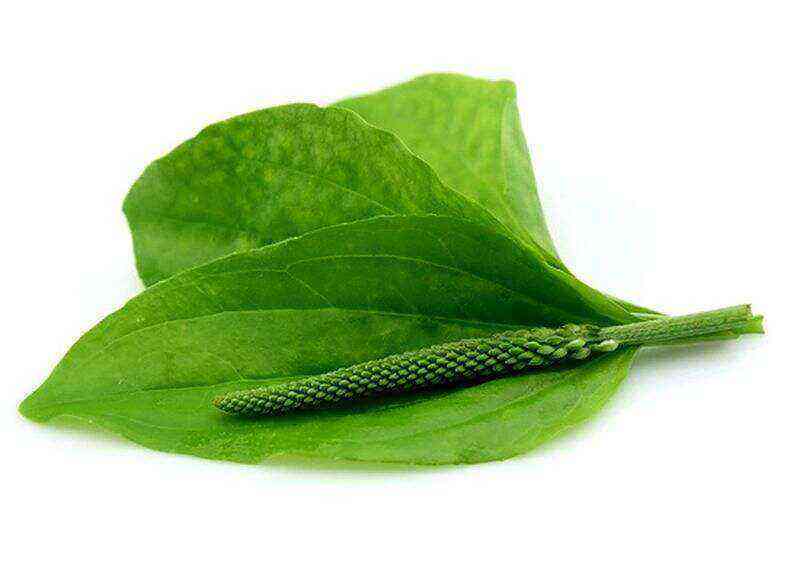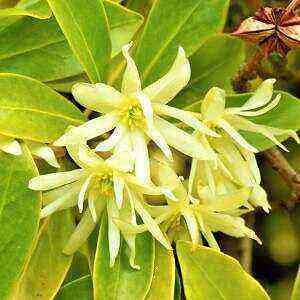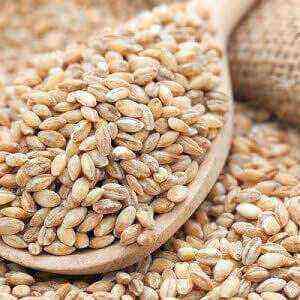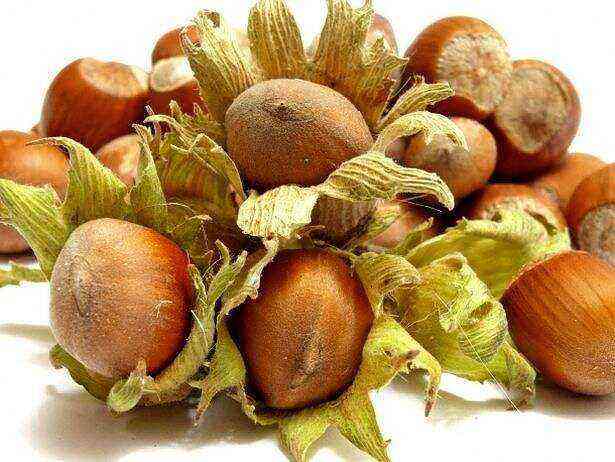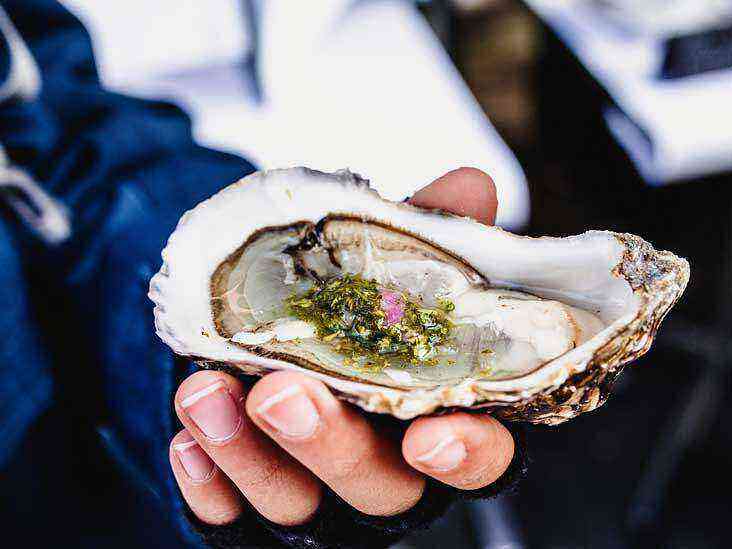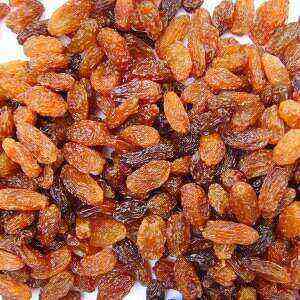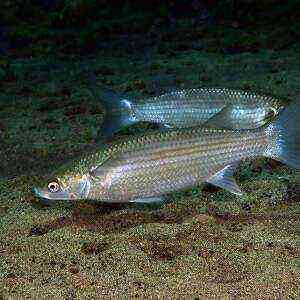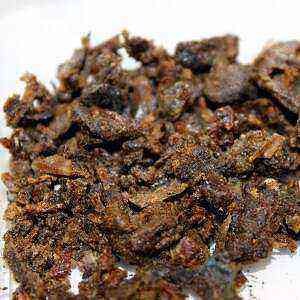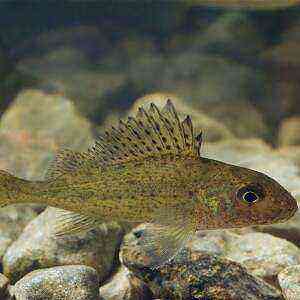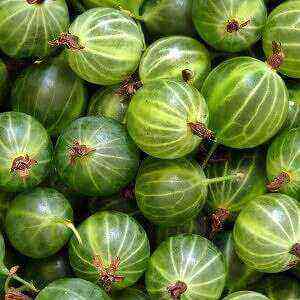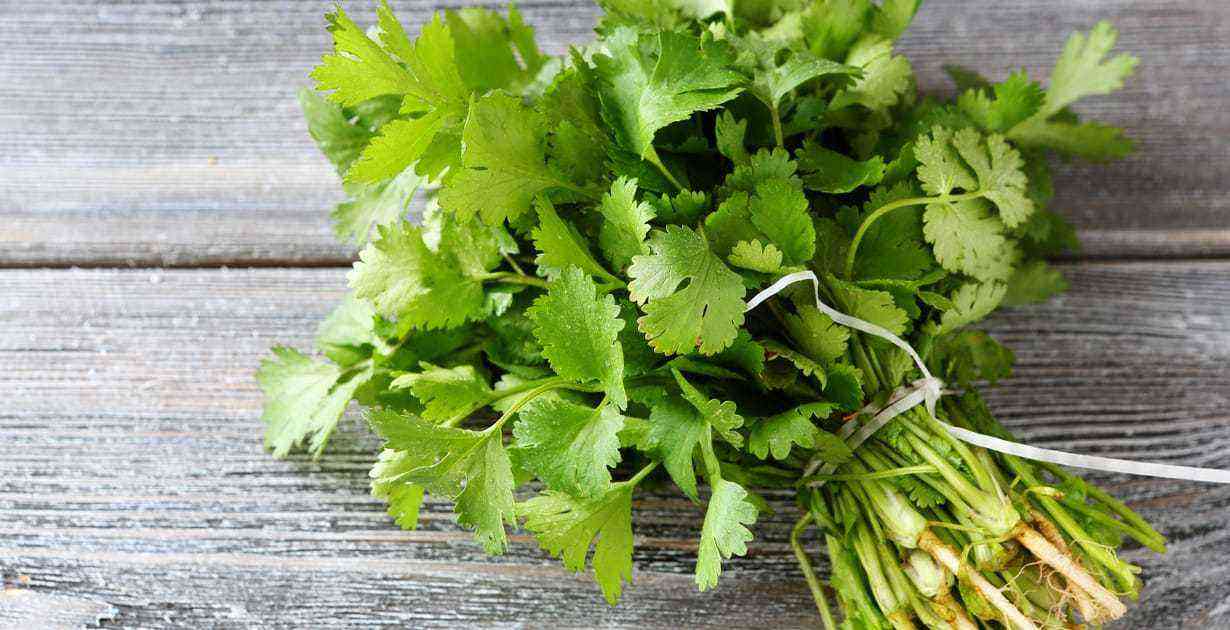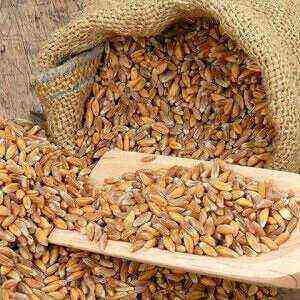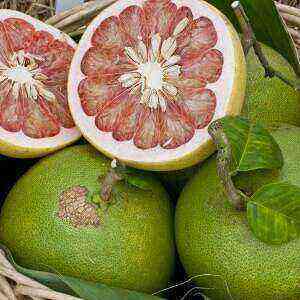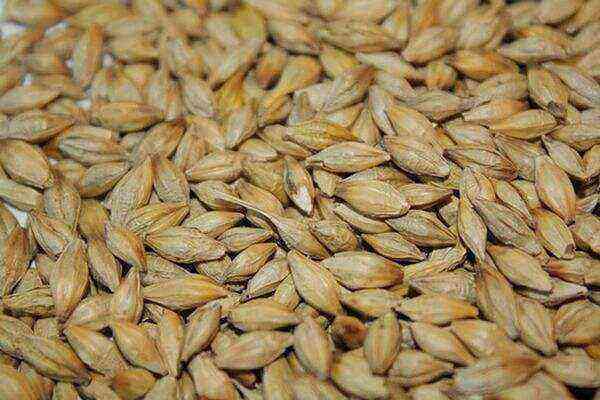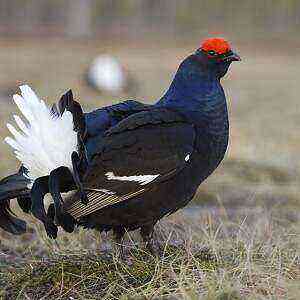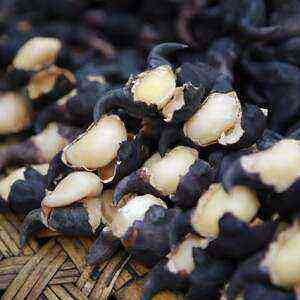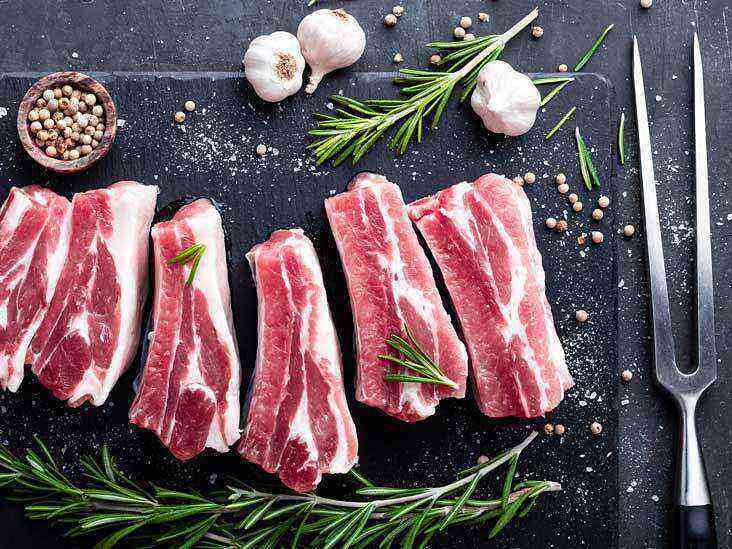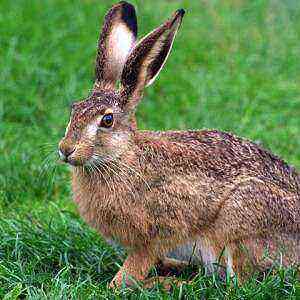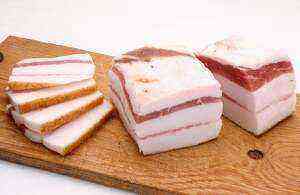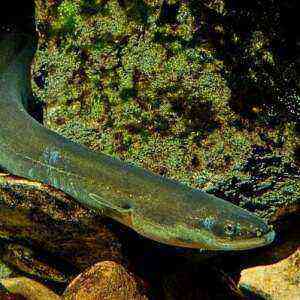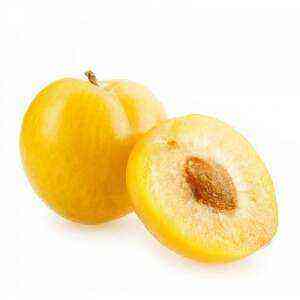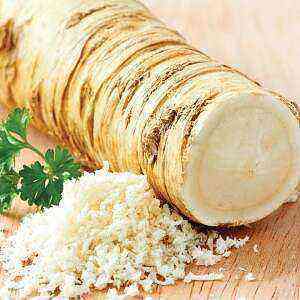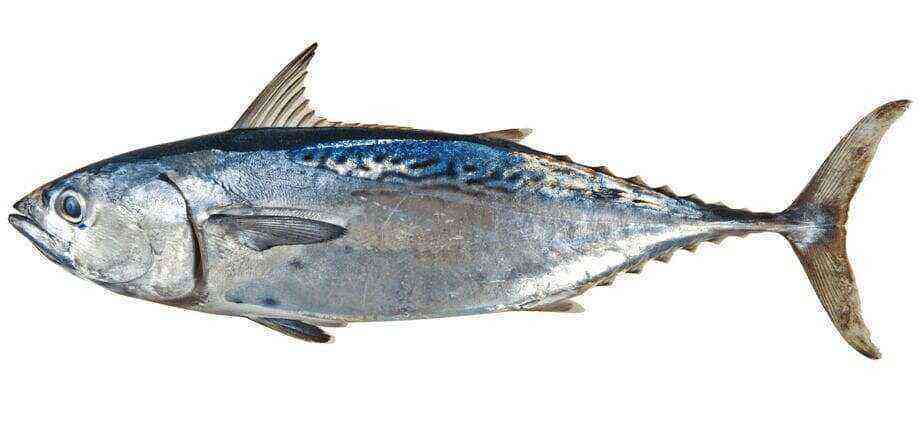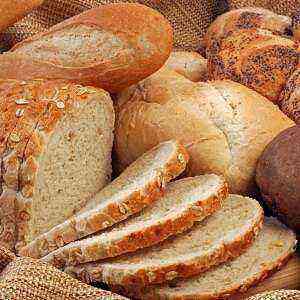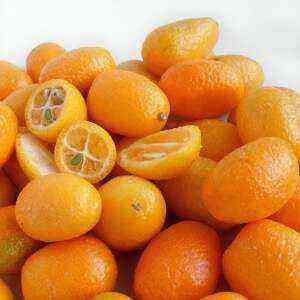Plantain (Latin Plantago) is a herbaceous perennial or annual plant of the plantain family. Common plantain is most often a bunch of leaves in the form of a basal rosette, sometimes in the form of a small subshrub. The plant blooms with small translucent flowers. It is found mainly along roads and paths, near dwellings and buildings, less often in meadows and along river banks.
Types
There are many types of medicinal plants – plantain large, medium, lanceolate, flea and so on. Many species of plantain can be found in temperate and subtropical regions of Europe, Africa, Asia and America. Almost all types of plantain have medicinal properties and are cultivated as medicinal plants; some are considered common weeds.
Chemical composition
The medicinal properties of plantain are due to its rich chemical composition. The medicinal properties of plantain seeds are that their composition contains mucus, which has medicinal properties, as well as the substance aucubin glycoside. The chemical composition of plantain is also rich in carotene, vitamin K, ascorbic and citric acid, phytoncides, bioflavonoids, enzymes, tannins and astringents, and bitterness.
